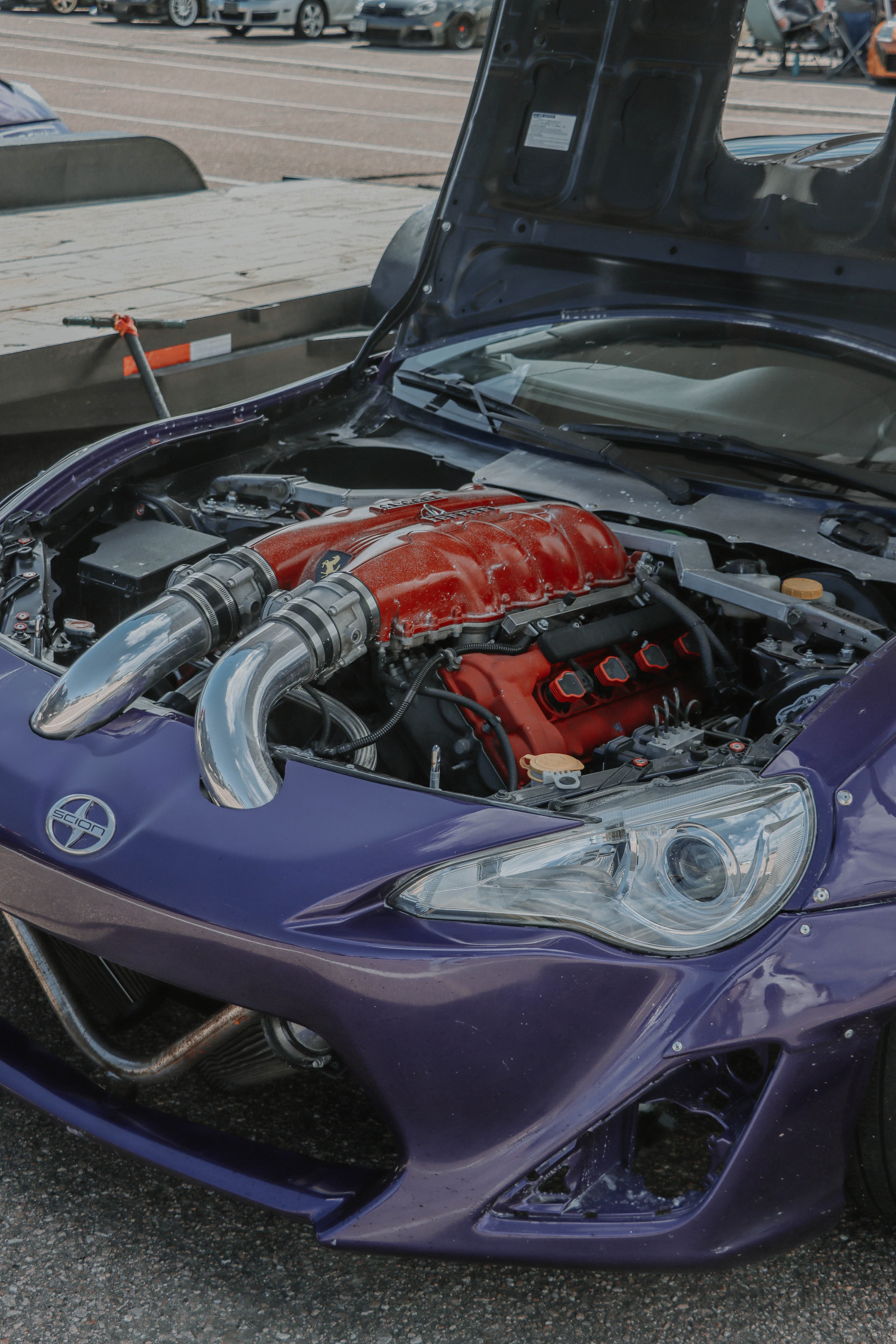Fixing P0108: Manifold Absolute Pressure/Barometric Pressure Circuit High Input in Turbocharged Engines
The P0108 error code is a common issue in turbocharged engines, indicating a problem with the Manifold Absolute Pressure (MAP) sensor or its circuit. This sensor plays a crucial role in your engine's performance by measuring the pressure inside the intake manifold and adjusting the engine's air-fuel mixture accordingly. When the MAP sensor or its circuit has a high input problem, it can lead to various performance issues, including poor fuel economy, rough idling, and difficulty starting the engine. In this article, we'll guide you through the steps to diagnose and fix the P0108 error code.
Understanding P0108
Before diving into the troubleshooting process, it's essential to understand what the P0108 code means. This diagnostic trouble code (DTC) is triggered when the Engine Control Module (ECM) detects the MAP sensor's output voltage is abnormally high, indicating that the pressure reading is higher than what's expected under normal conditions. This can be due to several reasons, including a faulty MAP sensor, wiring issues, or a vacuum leak.
Diagnosing the Issue
Step 1: Check for Additional Codes
Before focusing solely on the P0108 code, use an OBD-II scanner to check if there are any additional codes present. This can help you understand if there are other underlying issues that need to be addressed.
Step 2: Inspect the MAP Sensor and Wiring
Locate the MAP sensor, which is typically found on the intake manifold. Visually inspect the sensor and its connector for any signs of damage, corrosion, or loose connections. Also, check the wiring leading to the sensor for any wear, tears, or other damages.
Step 3: Test the MAP Sensor
Using a multimeter, test the MAP sensor's voltage. Consult your vehicle's repair manual for the specific voltage range expected under normal conditions. If the voltage is outside of this range, it's an indication that the MAP sensor may be faulty.
Step 4: Check for Vacuum Leaks
Since the MAP sensor measures the pressure in the intake manifold, a vacuum leak can cause incorrect readings. Inspect all vacuum lines and the intake manifold for any signs of leaks. You can use a smoke machine or listen for a hissing sound to locate a leak.
Fixing the Issue
Replace the MAP Sensor
If the MAP sensor is found to be faulty, replacing it is relatively straightforward. Disconnect the electrical connector, remove the sensor (usually held by a couple of screws or a clip), and install the new sensor. Ensure the new sensor is properly seated and the electrical connector is securely attached.
Repair Wiring or Connectors
If the issue is with the wiring or connectors, repair or replace the damaged parts. Ensure all connections are secure and free from corrosion.
Address Vacuum Leaks
For vacuum leaks, replace any damaged hoses or gaskets. Ensure all connections are tight and secure.
Conclusion
The P0108 error code can significantly impact the performance of turbocharged engines, but with the right approach, it's a manageable issue. By understanding the code, carefully diagnosing the problem, and addressing the root cause, you can restore your engine's performance and efficiency. Remember, if you're not comfortable performing these steps yourself, it's always best to seek the help of a professional mechanic.
